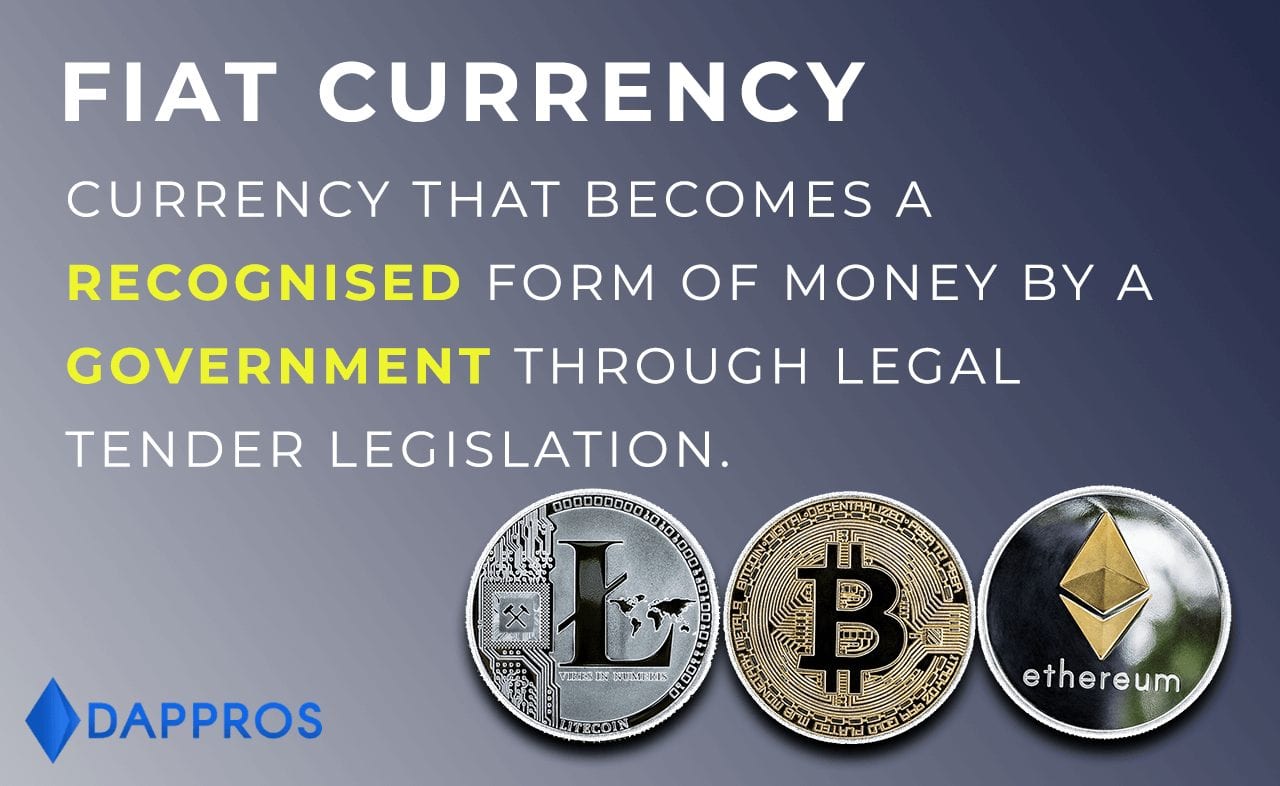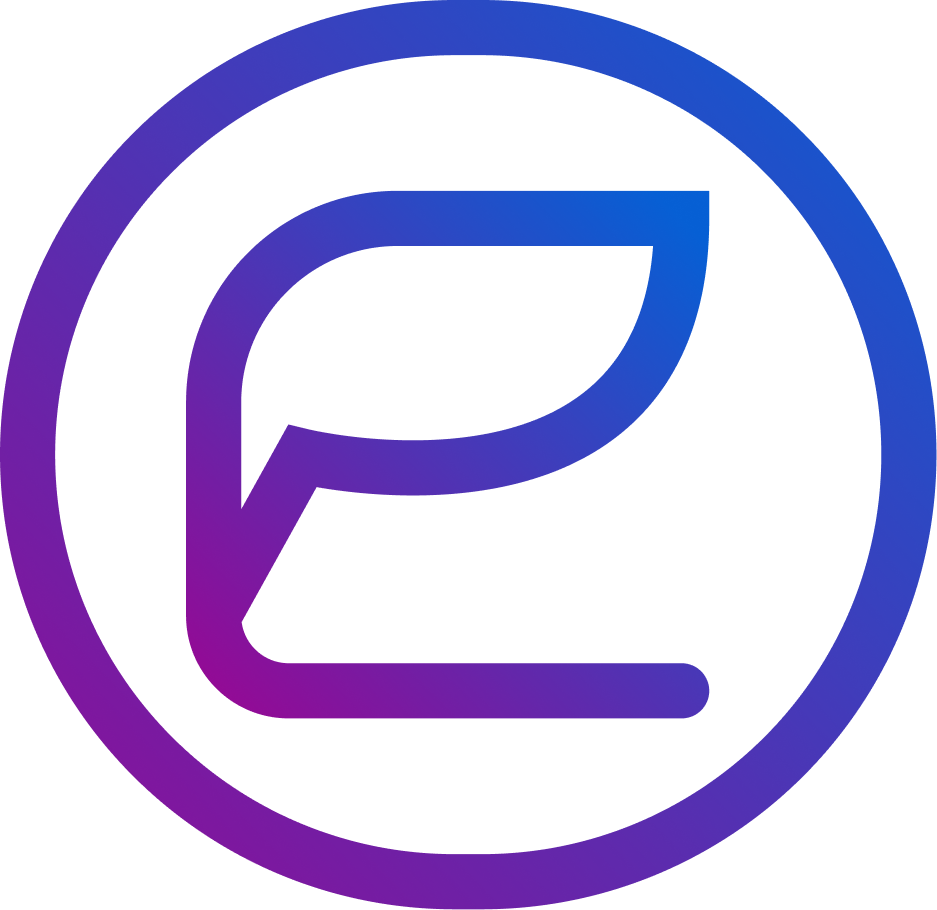Blockchain Applications in Healthcare
Blockchain innovation has been arisen somewhat recently and has acquired many interests from a few areas like account, government, energy, healthcare, and so forth to refer further, there are several use cases in the state of art applying blockchain technology, for example sharing electronic clinical records, for distant patient checking, for drug store network.
Introduction:
Blockchain is arising as perhaps the most encouraging innovation that is characterized as a decentralized, circulated, unchanging record that is utilized to safely record exchanges. Blockchain manages non-monetary applications like government, energy, healthcare, and so on. Many associations have received this innovation and applied it for few use cases in the healthcare area.
The most intriguing highlights with regards to blockchain that are helpful to medical services applications are decentralization, protection, and security since blockchain innovation may guarantee for instance a safe admittance to clinical information for patients and different partners (insurance agencies, medical clinics, specialists, and so forth).
The following are the four organizations that apply blockchain to healthcare security –
1 – BurstIQ
BurstIQ’s foundation helps medical care organizations securely and safely oversee enormous measures of patient information. Its blockchain innovation empowers the protection, deal, sharing, or permit of information while keeping up exacting consistency with HIPAA rules.
2 – Factom
Factom makes items that assistance the healthcare industry in safely store computerized records on the organization’s blockchain stage that is available exclusively by emergency clinics and medical care overseers.
3 – Medicalchain
Medicalchain’s blockchain keeps up the respectability of wellbeing records while building up a solitary place of truth. Specialists, emergency clinics, and research centers would all be able to demand patient data that has a record of beginning and shields the patient’s personality from outside sources.
4 – Guardtime
Guardtime is helping medical services organizations and governments execute blockchain into their online protection techniques.
Blockchain Use Cases in Healthcare
Due to the significance of blockchain in medical care, we center on the main examinations characterized by a few use cases like electronic clinical records, far-off tolerant observing, drug store network, and health care coverage claims.
5 Blockchain healthcare use cases are –
1. Supply chain transparency
A significant test across the medical services area, as in numerous others, is guaranteeing the provenance of clinical products to affirm their validness. Utilizing a blockchain-based framework to follow things from the assembling point and at each stage through the store network empowers clients to have full straightforwardness of the merchandise they are purchasing.
This is a main concern for the business, particularly in creating markets where fake physician-endorsed meds because of the huge number of past years. It is progressively significant for clinical gadgets which are multiplying rapidly with the selection of more far-off wellbeing checking, and in this manner additionally drawing in light of a legitimate concern for troublemakers.
MediLedger is a main illustration of a blockchain convention that empowers organizations across the physician-endorsed drug inventory network to confirm the realness of prescriptions, just as expiry dates and other significant data.
Key benefits of the blockchain (paired with AI):
- Client certainty: Ability for the client to follow each bundle’s start to finish provenance, with joining with makers, discount, transporting, and so forth
- Consistency: Medical gadget producers and drugs face high announcing weights to guarantee patient security, so amassing inventory network information into one system smoothes out consistency.
- Production network streamlining: Once all the information is in one spot, organizations apply AI to more readily foresee requests and upgrade supply likewise. As the innovation and ROI have effectively been demonstrated, we anticipate that this should be the main transient effect of blockchain on the medical services industry.
2. Patient-centric electronic health records
Medical services frameworks in each country and area are battling with the issue of information siloes, implying that patients and their medical services suppliers have a fragmented perspective on clinical narratives. One expected answer for this issue is making a blockchain-based framework for clinical records that can be connected to existing electronic clinical record programming and go about as a general, single perspective on a patient’s record. It is vital to underscore that genuine patient information doesn’t go on the blockchain, however that each new record affixed to the blockchain, regardless of whether a doctor’s note, a medicine, or a lab result, is converted into an extraordinary hash work – a little series of letters and numbers.
In this situation, each time there is an alteration to a patient record, and each time the patient agrees to share part of their clinical record, it is signed on the blockchain as an exchange. The clinical chain is the main illustration of an organization working with medical care suppliers to execute blockchain empowered EMRs.
The key benefits of blockchain-enabled EMRs are:
- A comprehensive single source of the reality of a patient’s clinical records, making a superior encounter for patients and healthcare providers.
- They empower patients to see each time their clinical records are refreshed and to give unequivocal assent each time they are imparted to medical services suppliers or others. Patients can likewise decide to share their clinical records (or part of their clinical records) with scientists and put forth courses of events on how long any outsider can approach their clinical data.
- Medical insurers can get quick, approved affirmation of medical care benefits straightforwardly from patients, without the time and cost of a mediator.
3. Smart contracts for insurance and supply chain settlements
Organizations, for example, Chronicled and Curisium give blockchain-based frameworks where different parts in the medical services area, like drug organizations, clinical gadget OEMs, wholesalers, backup plans, and medical services suppliers, can validate their ways of life as associations, log contract subtleties, and track exchange of labor and products, and installment settlement subtleties for those labor and products. This sort of climate goes a stage past inventory network the executives to likewise empower exchanging accomplices and protection suppliers the medical services area to work dependent on completely computerized and at times robotized contract terms.
By having divided advanced agreements among producers, distributors, and medical services associations signed on a blockchain record, instead of every player has their adaptation of agreements, they can essentially diminish disagreements about installment chargeback claims for physician-endorsed medications and different merchandise. As indicated by Chronicled, because evaluating structures regularly change, there are more than 1,000,000 chargeback claims made between these players consistently, over 5% of which are questioned, requiring protracted manual goals.
Essentially, shared savvy agreements can be utilized to oversee clinical protection contracts for patients, where Curisium states that 10% of cases are questioned. Like in other use cases, when this information is digitized and effectively open, protection suppliers can utilize further developed examination to enhance wellbeing results and expenses.
4. Medical staff credential verification
Like following the provenance of a clinical decent, blockchain innovation can be utilized to follow the experience of clinical experts, where believed clinical foundations and medical services associations can log the accreditations of their staff, thus assisting with smoothing out the employing interaction for medical care associations.
The key benefits of the blockchain system are:
- Quicker credentialing for medical services associations during the recruiting cycle
- A chance for clinical organizations, guarantors, and medical services suppliers to adapt their current certifications information on past and existing staff
- Straightforwardness and consolation for accomplices, for example, associations sub-contracting locum tenens, or in arising virtual wellbeing conveyance models to advise patients on clinical staff insight.
5. IoT security for remote monitoring
Probably the greatest pattern in advanced wellbeing is the appropriation of distant observing arrangements, where a wide range of sensors estimating patients’ fundamental signs are being utilized to help give medical care specialists into patients’ wellbeing, empowering more proactive and safeguard care.
Notwithstanding, security is an enormous issue in wellbeing IoT, both as far as guaranteeing that patient information is private and secure and that it isn’t messed with to make bogus data. At times, where an associated gadget might be relied upon in crisis circumstances, for example, alarming an older individual’s carer that they have endured a fall or a coronary failure.
How blockchain systems help to secure remote monitoring IoT devices:
Blockchain cryptography guarantees that lone allowed gatherings can access individual information, which is put away on the blockchain as an extraordinary hash work (any adjustment of the source information will make an alternate hash work, and a client should have a particular arrangement of cryptographic keys to translate the hash work into the source information.)
When patient information is recorded on the blockchain record at that point it is almost difficult to alter since it would require accessing all duplicates.
The Impact of GDPR in Healthcare
GDPR holds import for the medical care industry, which is no more abnormal to clearing guidelines. In the US, the majority of those guidelines are neatly bundled in the Health Insurance Portability and Accountability Act (HIPAA). All through the remainder of the world, before GDPR, it’s for the most part been an interwoven of various and confusingly covering administration structures cobbled together over many years.
GDPR points not exclusively to accomplish administrative combination, improved clearness, and extensively superseded ward, yet in addition an essentially extended extent of information security. The clearest manner by which this is cultivated is by broadening the meaning of individual information and hardening the necessary insurance from any kind of malware.
Final Thoughts:
Blockchain has been applied in few use cases fully intent on improving the mechanization of clinical benefits. The investigation shows that most explore applying blockchain in medical services are concentrated towards sharing Electronic Health Records.
Even though blockchain innovation offers promising highlights, there is as yet a requirement for more examination to all the more likely see, productively, and safely create and assess this innovation. Continuous endeavors have been directed to beat impediments in adaptability, security, and protection to improve partners’ trust in utilizing this innovation and to expand its selection in medical care.


